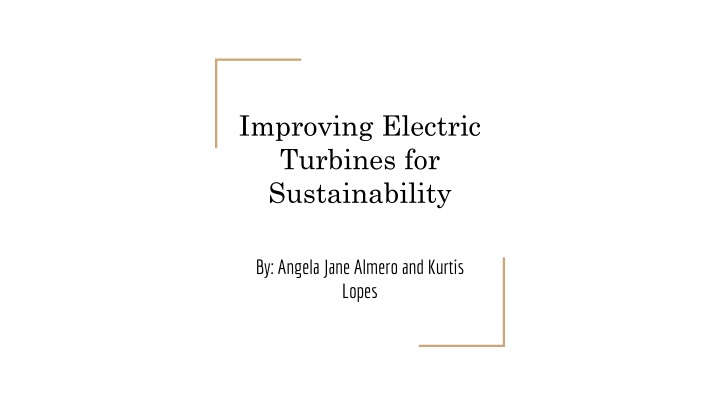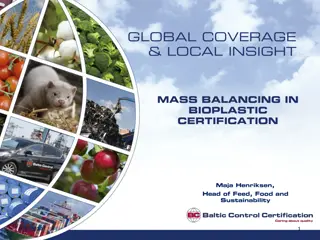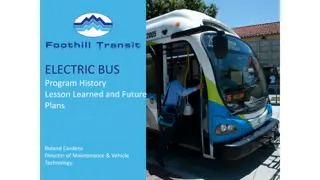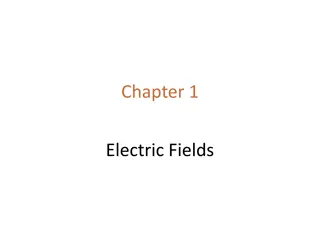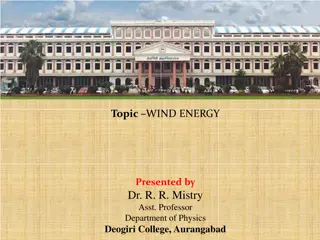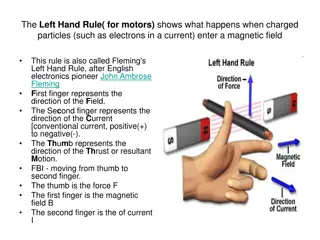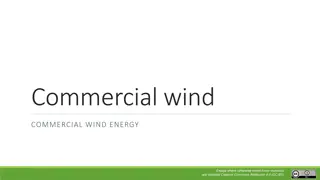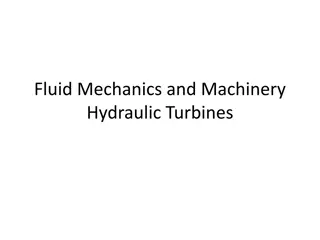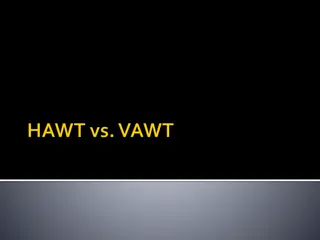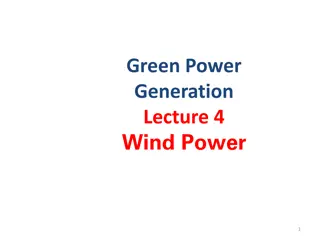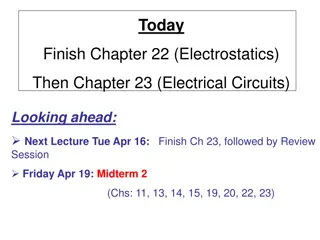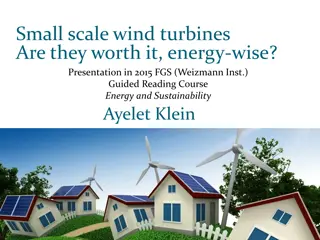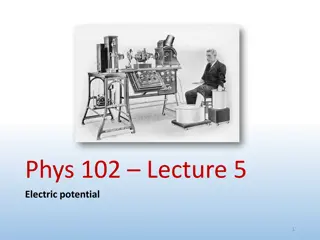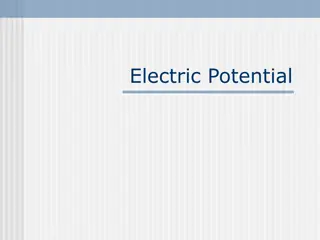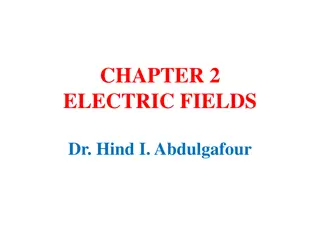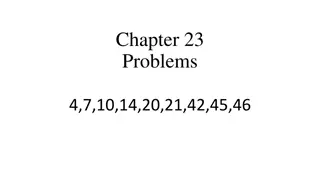Enhancing Electric Turbines for Sustainability
Electric turbines are vital machines converting kinetic energy into rotational energy to generate electricity. Explore their working principle, applications, impacts, and possible solutions for sustainability.
Download Presentation

Please find below an Image/Link to download the presentation.
The content on the website is provided AS IS for your information and personal use only. It may not be sold, licensed, or shared on other websites without obtaining consent from the author.If you encounter any issues during the download, it is possible that the publisher has removed the file from their server.
You are allowed to download the files provided on this website for personal or commercial use, subject to the condition that they are used lawfully. All files are the property of their respective owners.
The content on the website is provided AS IS for your information and personal use only. It may not be sold, licensed, or shared on other websites without obtaining consent from the author.
E N D
Presentation Transcript
Improving Electric Turbines for Sustainability By: Angela Jane Almero and Kurtis Lopes
What are Electrical Turbines? Electrical turbines are machines that convert kinetic energy into rotational energy in order to generate electricity. (Source: Murdoch University EECS, 2006, http://www.see.murdoch.edu.au/resources/info/Tech/hydro/large. html (Source: Clipart Library , 2017, http://clipart- library.com/clipart/113820.htm) (Source: Western Power, 2015, https://www.pinterest.ca/pin/492862752956001829/)
How do They Work? Turbines can work using any fluid, such as; wind, water, or steam. The fluid rotates a magnet around a conductive material, and a current is produced through induction. (Source: Energy Education, 2015, https://www.nwp.usace.army.mil/HDC/edu_genexcit.asp) ( Source: Energy Resources: Wind Power, 2016, www.darvill.clara.net) ( Source: U.S Army Corps of Engineers, 2017, https://www.nwp.usace.army.mil/HDC/edu_genexcit.asp
Applications of Turbines Almost all of electrical generation in the World today is created through turbines. Turbines that produce alternating current are called alternators. Turbines that produce direct current are called dynamos. (Source: Energy Education, 2015, https://www.nwp.usace.army.mil/HDC/edu_genexcit.asp)
Social and Environmental Impacts The sounds produced by wind turbine have been known to annoy people in nearby residential areas. Hydroelectric dams change the flow of rivers and layering of sediments. (Source: NHACC, 2014, http://slideplayer.com/slide/10572825/)
Who does it Affect? About 20% of the World s population has regular access to electricity, and is therefore affected by electrical turbines.
PossibleSolutions Due to the noise produced by wind turbines they are often forced to operate under partial load. Operation under partial loads means less energy is produced. Micro-hydro generators have no effect on the environment since they don t depend on dams to store and direct water; they are generally more eco- friendly than large-scale hydro-electric stations. (Source: Siemens AG, 2014, http://www.sunwindenergy.com/wind-energy/siemens-receives-major -order-borwin3-north-sea-grid-connection-tennet In order to maximize the energy produced then wind farms can be created offshore rather than near residential areas. (Source: Practical Action, 2018, https://practicalaction.org/micro-hydro-power-4
Thank you for listening! Any Questions?
